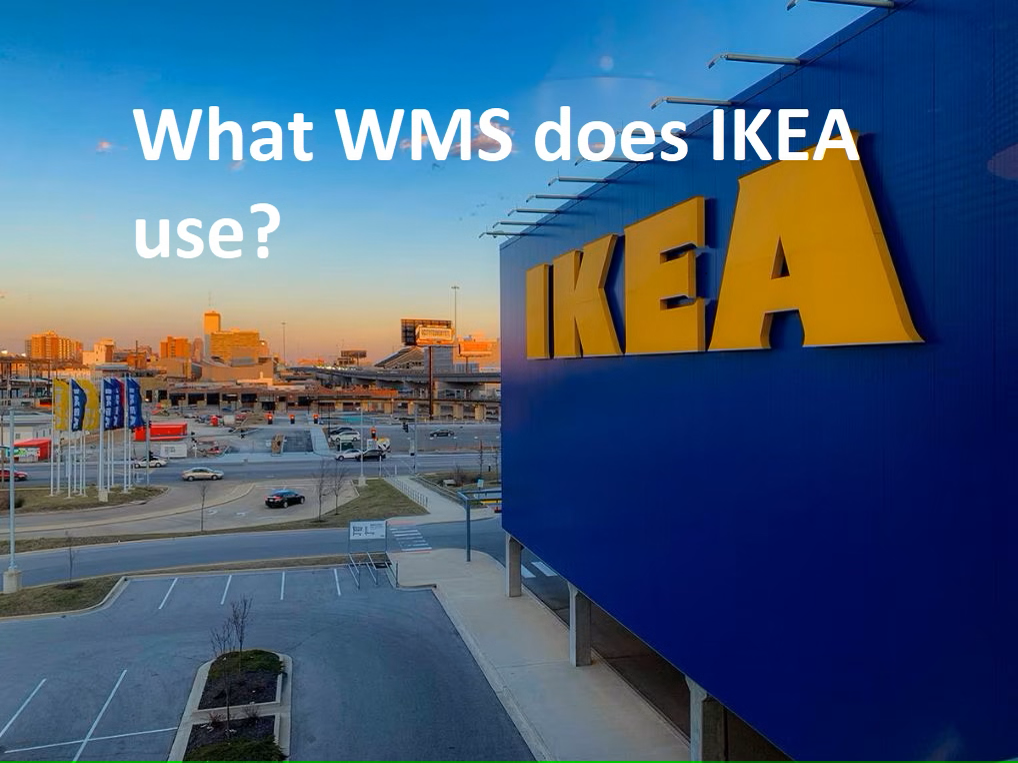The world’s largest home furnishing retailer has 355 stores in 29 countries. What are the best-kept secrets behind IKEA’s supply chain management processes?
what-is-the-difference-between-erp-and-wms
It ranks Number 40 on Forbes’ esteemed World’s Most Valuable Brands list and took in $39.3 Billion in sales in 2017. IKEA has certainly come a long way in its 65 years of business since its 1943 founding in Sweden.
what-is-the-difference-between-erp-and-wms
This organisation impresses not just its consumers with affordable, high-quality furniture, but also competitors and companies around the world – especially with its unique supply chain and inventory management techniques.
Each IKEA store is huge and holds more than 9,500 products! How in the world does IKEA offer so much at such a low price while always being able to keep items in stock?
what-is-the-difference-between-erp-and-wms
IKEA’s vision: supported by efficient supply chain management
To start off, IKEA has a clear vision – to provide well designed, functional home furnishings at prices so low that as many people as possible will be able to afford them. Its various functions (supply chain operations and inventory management included) work together to support its distinctive value proposition.
IKEA is distinctive in committing to a catalog of products that will be stocked for a year at a guaranteed price.what-is-the-difference-between-erp-and-wms
Cost savings in furniture design
IKEA stock incurs low manufacturing costs while meeting strict requirements for function, efficient distribution, quality, and impact on the environment.
According to a case study produced by The Times of London, more than 50% of the products are made from sustainable or recycled products. IKEA seeks to use as few materials as possible to make the furniture, without compromising on quality or durability. By using fewer materials, the company cuts down on transportation costs because it uses less fuel and manpower to receive materials and ship products.what-is-the-difference-between-erp-and-wms
Sustainable relationships with suppliers
A key part of IKEA’s success is credited to its communications and relationship management with materials suppliers and manufacturers to get good prices on what it procures.
IKEA is a very high volume retailer – it buys products from more than 1,800 suppliers in 50 countries, and uses 42 trading service offices around the world to manage supplier relationships. They negotiate prices with suppliers, check the quality of materials, and keep an eye on social and working conditions.what-is-the-difference-between-erp-and-wms
Although IKEA fosters competition among suppliers to ensure it attains the best prices and materials, the company also makes longstanding commitments to suppliers by signing long-term contracts, thus lowering prices of products further.what-is-the-difference-between-erp-and-wms
For example, IKEA has a code of conduct called the IKEA Way of Purchasing Home Furnishing Products (IWAY), containing minimum rules and guidelines that help manufacturers reduce the impact of their activities on the environment. The requirements within IWAY raise standards by developing sustainable business activities and leaving positive impacts on the business environment in which the suppliers operate.
This also underlines IKEA’s commitment to the ‘low price but not at any price’ vision. Although IKEA wants its customers to enjoy low prices, this should not happen at the expense of its business principles.what-is-the-difference-between-erp-and-wms

